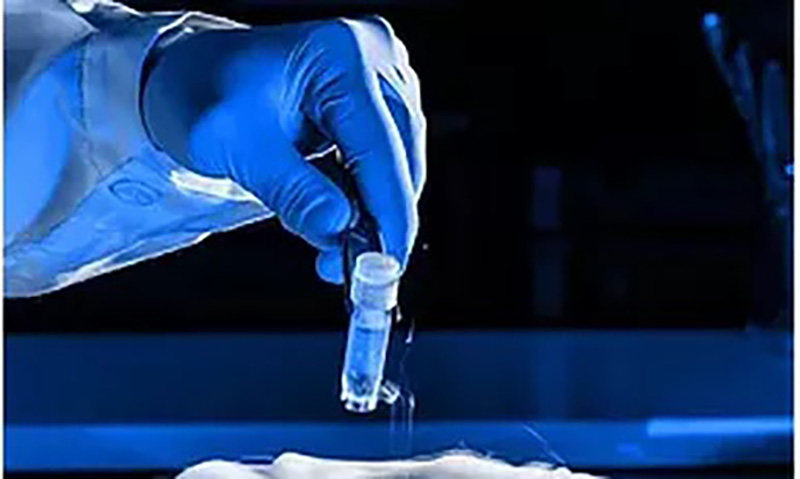Embryo Freezing
Egg and Embryo cryopreservation have become routine procedures in human assisted reproduction and oocyte cryopreservation is being introduced into clinical practice and is getting more and more widely used. The ability to freeze (Cryopreserve) and store for long periods of time human sperm, embryos and recently eggs has opened many options for both fertile and infertile people. The modern freezing techniques are not associated with any significant damage to these cells as the results after thawing are very similar to those obtained with fresh ones. This allows Banking of eggs and embryos for future use. Vitrification is the most popular and up-to-date embryo cryopreservation that is an ultra-rapid method of cryopreservation whereby the embryo is transitioned from 37 to −196 °C in <1 s, resulting in extremely fast rates of cooling. High concentrations of cry protectants together with rapid cooling rates are essential to cryopreserve embryos in a vitrified, glass-like state without any ice crystals forming. This is important in the embryology world because ice crystal formation can be very damaging to frozen embryos by reducing their viability.
Embryo cryopreservation is the process of freezing and storing the extra embryos. The embryos are then thawed and used at a later time. Embryos not transferred to the uterus may be suitable for freezing according to the wishes of the couple. We recommend freezing when there are good quality embryos left after the embryo transfer is completed. These embryos can be replaced in a future cycle without the woman having to undergo the same drug treatment and surgery. Embryos can be frozen for up to five years, although this can be extended to ten years in exceptional circumstances.

